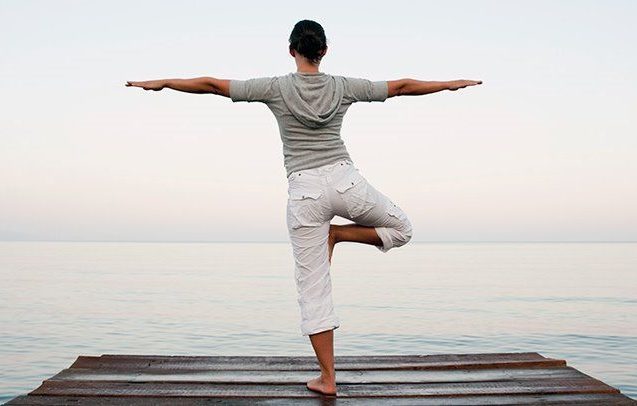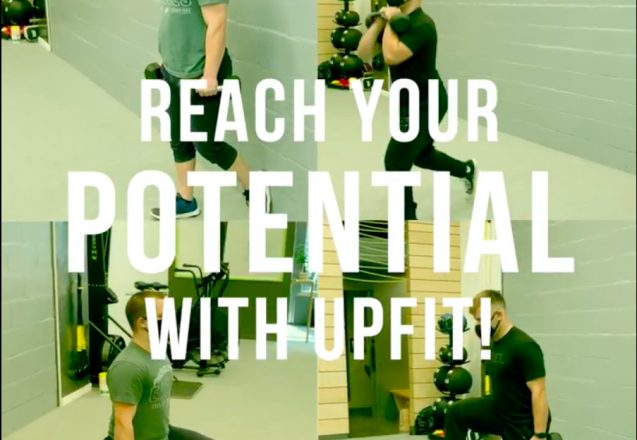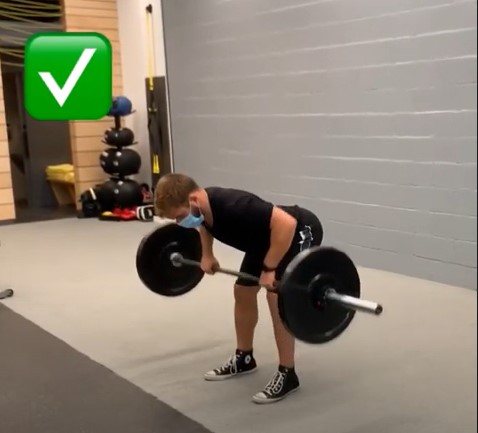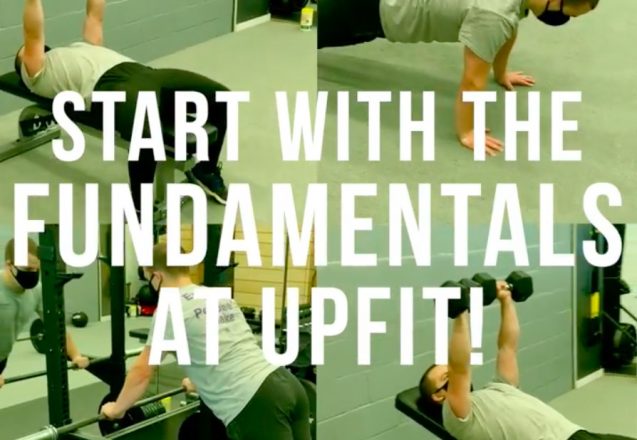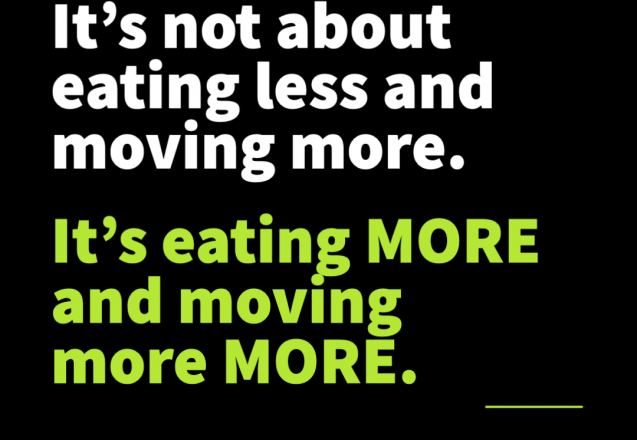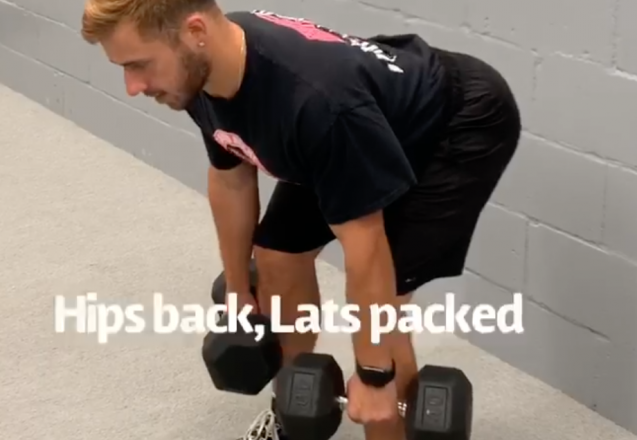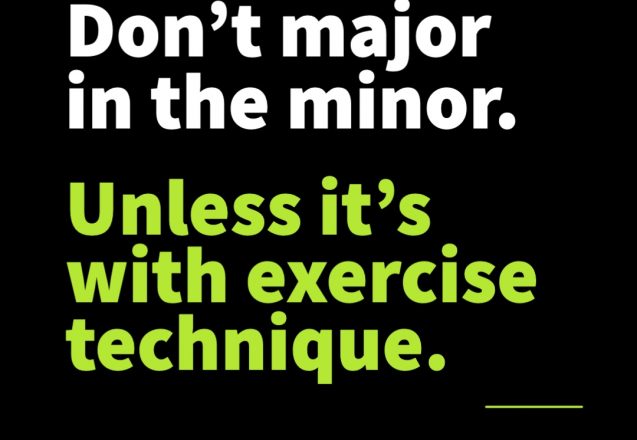Better Sleep Naturally with These 5 Steps
by: Paul Park M.S. CSCS
The most fit and healthy people in the world realize that it’s not the extraordinary actions done every so often, it’s the ordinary actions done consistently.
Water, movement, nutritiously dense foods, and….sleep!
If I had one cookie cutter remedy to instantly improve your fitness and health, for most people it would be just that, to spend more time in dreamland.
The benefits of consistent restful nights of sleep are far reaching leading to endless downstream effects. From overall energy, mood, strength, endurance, skin health, and cognitive sharpness; there’s a reason why we spend a big bulk of our lives in the land of Z’s. Matthew Walker’s book Why We Sleep is a great reference for those who want to dive into the research, and learn all about the benefits of a great night’s sleep.

She knows how to sleep!
“Yeah I know Paul, you’re preaching to the choir! I know I should get a good night’s sleep, I just can’t seem to do it. It takes me forever to fall asleep and when I do it’s always spotty.”
It’s a hard deal! The modern world hasn’t exactly made it easier either.
From artificial lighting that let’s us rarely experience natural darkness (1), the constant access and demand of our work and bosses (2), to electronics that emit light and notifications that beg for our attention (3), it’s no wonder we are more sleep deprived than ever before. The Center for Disease Control and Prevention (CDC) reported 35.3% of US adults getting less than the recommended 7 hours of sleep in 2009. In addition, those people were more likely to unintentionally fall asleep during the day than those who got 7 plus hours of sleep (46.2% vs 33.2%).
Some of us even have the best intentions going to bed at a reasonable hour. It’s actually falling asleep without tossing and turning that can be the problem for many. I know I’ve had those nights, a big day ahead of me knowing I need to be my charming, energetic self. 2 hours later into a counting sheep session, I’m wondering how I could “fake it till I make it” during tomorrow’s three back to back group training sessions.
After some research, trial and error, and realizing how much more patience, energy, physical strength, and cognitive wit I had after consistent restful nights of sleep, I was able to whittle it down to 5 simple things. If I consistently made them a part of my routine, it would almost always lead to me falling asleep and staying asleep effortlessly.
Keep a consistent sleep wake schedule
Our body’s feeling of sleepiness and wakefulness is determined by something called a circadian rhythm. The natural rise and fall of certain hormones underlie when we wake up and when we feel like we need to hit the hay. When our circadian rhythm falls into a predictable and consistent routine, the more likely we are to fall asleep faster and easier (4). So try going to bed and waking up at the same time everyday, even on the weekends, and you’ll find your body starting to feel sleepy at a predictable time almost everyday. To take it to the next level, try to train your body to wake up without an alarm clock!
Get sunlight during the day
Our circadian rhythm is impacted largely by lightness and darkness. The light feedback that our eyes get through our retina tells our brain that it is daytime, and that we need to be awake and alert (3). While most us might think we get enough light throughout the day, a majority of that light can come from artificial lighting. Artificial lights, while seeming bright, fall at lower intensities than natural sunlight, and do not induce the same feedback in our brains as the sun does (3).
See if you can spend at least 30 minutes a day getting sunlight, or at least sit by the windows in your office. Even on a cloudy day it can make a difference! (5)
Limit electronics in the evening (or at least right before your bedtime)
Netflix, Instagram, Facebook, E-mail. All enthralling sources of entertainment, work, and seemingly an everyday part of our modern lives. While there is debate over whether or not our smartphones and these platforms are negatively impacting our mental health, the blue light that emits from our devices has been shown to suppress our melatonin levels (6). Melatonin is the hormone responsible for giving our body the sense of sleepiness. However, this effect on our melatonin seems to be temporary, as studies show a recovery to normal levels within 15 min from cessation of exposure (6). Takeaway: try to stay away from electronics close to your bedtime, but if you must check your email, do so away from your bedroom and your bed.
Limit caffeine past noon
As a fitness business owner, and one who regularly coaches 6am training sessions, coffee is and certainly will always be my best friend in the mornings. The cognitive and athletic performance enhancing effect is undeniable, as coffee is one of most commonly consumed drinks throughout the world. However past 12pm, while tempting, a second cup of coffee risks me having trouble sleeping that same evening. Try to avoid coffee and caffeine products in the afternoon, as it’s been shown to have disruptive effects on our sleep (7).
Exercise
I am certainly biased, but exercise is a catch all intervention for poor sleep as it handles its many intrinsic facets. The act of intentionally improving one’s health waterfalls into other habits such as avoiding alcohol and poor foods which negatively impact our sleep. That daytime run you’ve been meaning to try out? It will expose you to that sunlight needed (as mentioned above) to keep our circadian rhythm consistent and happy. There is also a bidirectional effect of exercise on sleep, as you are more likely to sleep when you exercise, and also more likely to exercise when you sleep (8, 9). The relationship between these two can not be understated! The biggest effects seem to come from exercise lasting more than an hour anytime during the day, but no closer than 2 hours before your bedtime (10).
There you have it, 5 natural ways of improving your chances of falling and staying asleep. While supplement and drug companies promote bandage solutions of prescribing pills and medicines, most of us will benefit from first making these 5 strategies a part of our daily routines. If you’ve had the awareness to compare your performance, mood, energy, and general grade as a human being from a good vs. bad night of sleep, and you know it is something that you want to improve, try out these 5 strategies. Your body, health, and fitness will certainly benefit, as you will be better prepared to handle the stresses of your life, and give your brain the power to tackle the new challenges of 2021!
References:
- Wright, K. P., McHill, A. W., Birks, B. R., Griffin, B. R., Rusterholz, T., & Chinoy, E. D. (2013). Entrainment of the Human Circadian Clock to the Natural Light-Dark Cycle. Current Biology, 23(16), 1554–1558. https://doi.org/10.1016/J.CUB.2013.06.039
- Foster, R. G., & Wulff, K. (2005). The rhythm of rest and excess. Nature Reviews Neuroscience, 6(5), 407–414. https://doi.org/10.1038/nrn1670
- Blume, C., Garbazza, C., & Spitschan, M. (2019). Effects of light on human circadian rhythms, sleep and mood. Somnologie, 23(3), 147–156. https://doi.org/10.1007/s11818-019-00215-x
- Goel, N., Basner, M., Rao, H., & Dinges, D. F. (2013). Circadian rhythms, sleep deprivation, and human performance. Progress in Molecular Biology and Translational Science, 119, 155–190. https://doi.org/10.1016/B978-0-12-396971-2.00007-5
- Figueiro, M. G., Steverson, B., Heerwagen, J., Kampschroer, K., Hunter, C. M., Gonzales, K., Plitnick, B., & Rea, M. S. (2017). The impact of daytime light exposures on sleep and mood in office workers. Sleep Health, 3(3), 204–215. https://doi.org/10.1016/j.sleh.2017.03.005
- Tähkämö, L., Partonen, T., & Pesonen, A. K. (2019). Systematic review of light exposure impact on human circadian rhythm. Chronobiology International, 36(2), 151–170. https://doi.org/10.1080/07420528.2018.1527773
- Drake, C., Roehrs, T., Shambroom, J., & Roth, T. (2013). Caffeine effects on sleep taken 0, 3, or 6 hours before going to bed. Journal of Clinical Sleep Medicine, 9(11), 1195–1200. https://doi.org/10.5664/jcsm.3170
- https://www.npr.org/transcripts/705224359
- Kline C. E. (2014). The bidirectional relationship between exercise and sleep: Implications for exercise adherence and sleep improvement. American journal of lifestyle medicine, 8(6), 375–379. https://doi.org/10.1177/1559827614544437
- Driver, H. S., & Taylor, S. R. (2000). Exercise and sleep. Sleep Medicine Reviews, 4(4), 387–402. https://doi.org/10.1053/smrv.2000.0110


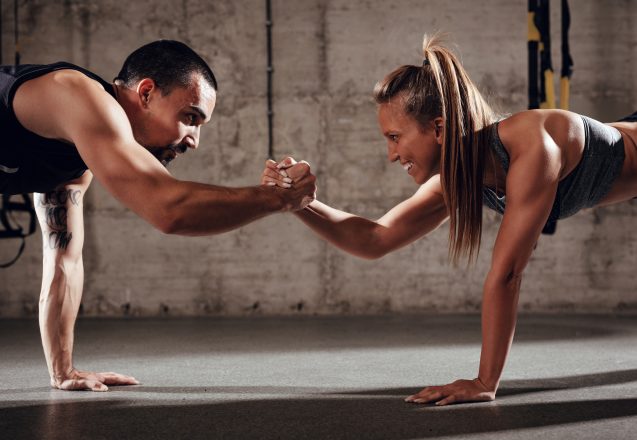

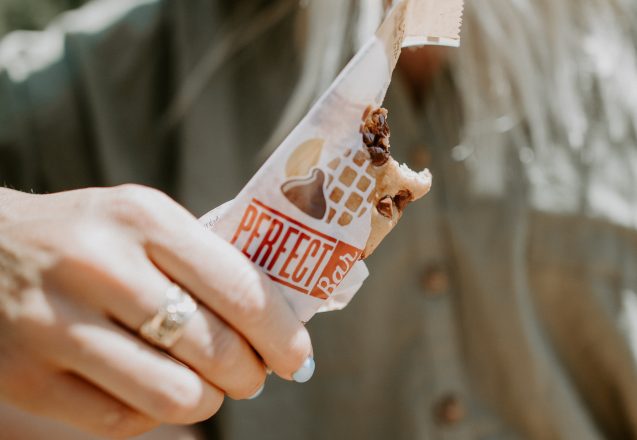
 Whether they’re trying to lose weight or build muscles, some clients of UpFit Training Academy in New York, NY, have wondered whether the protein supplements advertised can help. You see a lot of information on the internet, some of it promotes these supplements and other information says protein supplements are dangerous. For instance, protein supplements can be beneficial for elderly and sick people who have a hard time eating enough or digesting adequate protein.
Whether they’re trying to lose weight or build muscles, some clients of UpFit Training Academy in New York, NY, have wondered whether the protein supplements advertised can help. You see a lot of information on the internet, some of it promotes these supplements and other information says protein supplements are dangerous. For instance, protein supplements can be beneficial for elderly and sick people who have a hard time eating enough or digesting adequate protein.